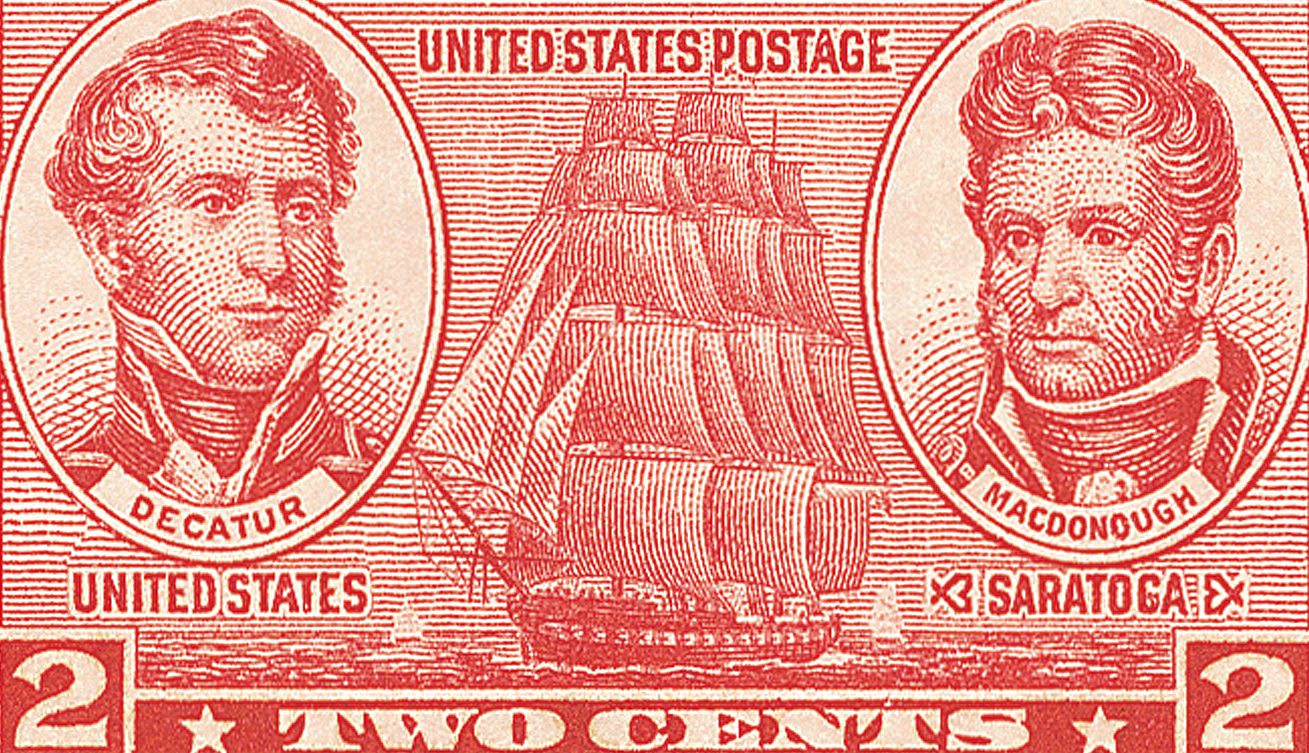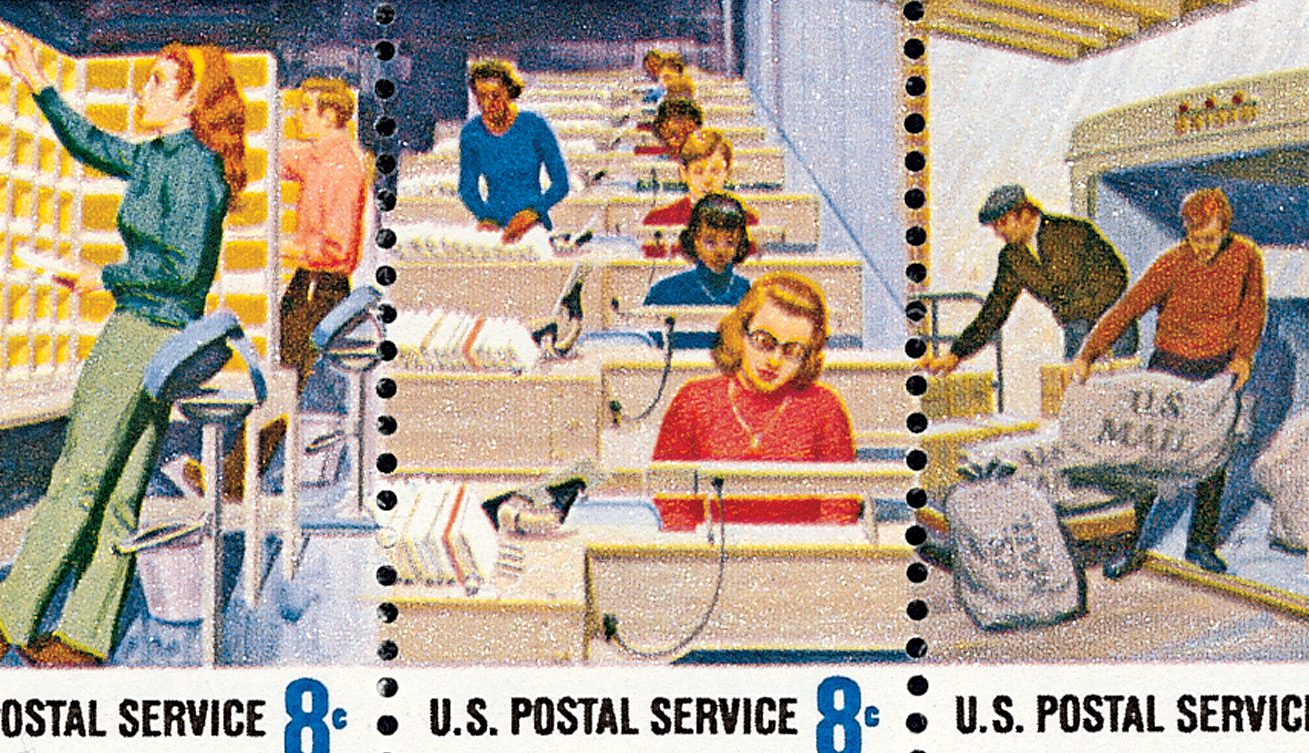The Burning of the USS Philadelphia
On February 16, 1804, Stephen Decatur led a surprise assault on the captured USS Philadelphia in Tripoli. Part of the First Barbary War, the assault was intended to keep the Tripolitans from salvaging the damaged ship for their own use.









